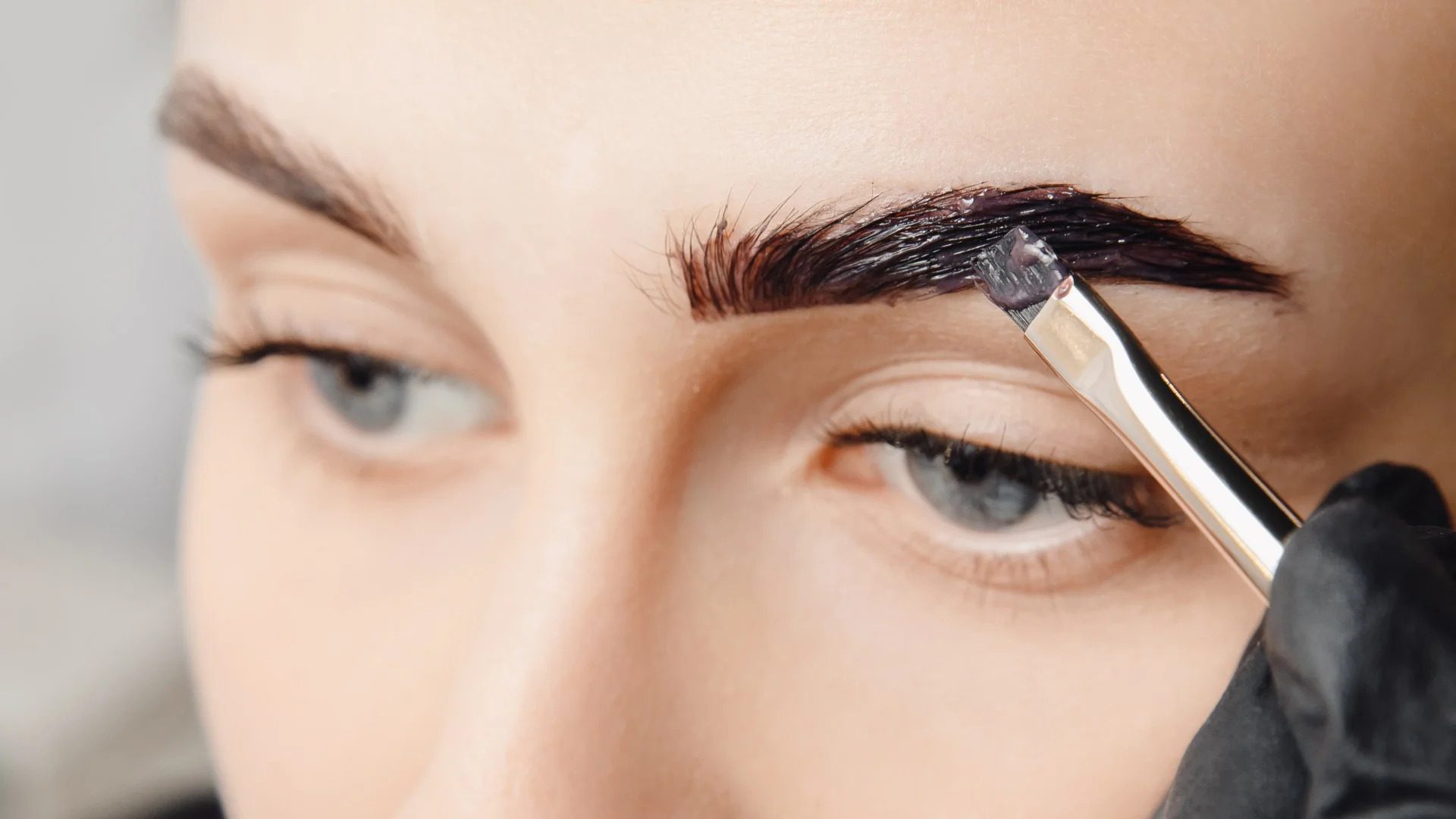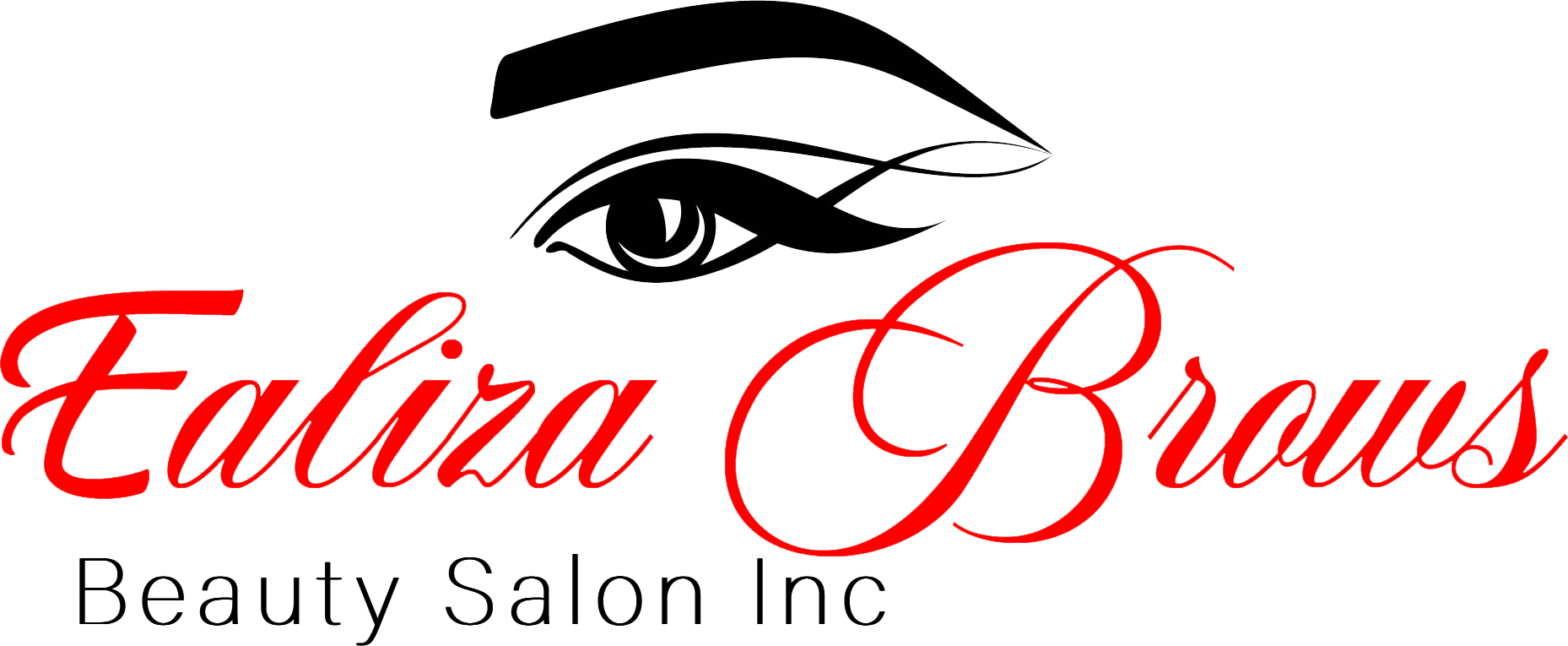Eyebrow, Eyelash Tinting
Eyebrow and eyelash tinting is a beauty procedure where semi-permanent dye is painted onto your eyebrows or eyelashes. The purpose is to make them appear thicker, darker, and fuller. The procedure lasts for 15 minutes, but the color stays on for about 3 to 6 weeks. That is why it is a common beauty practice and is preferred over applying mascara
Price
Risks of Tinting Eyebrows and Eyelashes
Since they are so close to the eyes, eyebrows and eyelashes are very sensitive. Treatments to these parts could pose such risks as eye injuries and blindness. Currently, there aren’t any approved dyes for use on eyelashes or eyebrows. However, even if the FDA were to approve dyes for tinting, the risk of infection and allergies is high.
Your salon may claim that they use vegetable dyes. However, almost all dyes have to be mixed with a peroxide solution that acts as the activator to bind the dye molecules to the hair. In essence, they don’t really use totally natural eyelash dye.

How to Tint Your Eyebrows or Eyelashes Safely
Before actually doing it, consider the pros and cons of tinting your eyebrows. Always check the ingredients of eyelash tint kits and follow precautions to ensure you tint safely. More safety points to guide you include:
Use recommended dye, not hair dye. Only use dyes that are specified for use on eyebrows and eyelashes. They are not as harsh as hair dyes.
Begin with a patch test, always. It is possible to get an allergic reaction after using eyebrow and eyelash tint. Test a small area first before applying the dye to your eyebrows or eyelashes. This is called running a patch test, and it’s an important step, especially when you’re switching between brands. It will help you know how your body will react to a certain product.
Use different applicators. Using applicators that are best suited for each purpose reduces the risk of getting dye in your eyes. For instance, you may want to use a mascara wand applicator because it works well for the middle to the tips of lashes, while a thinner, more precision-point applicator works better to supply the dye to the lash roots.


